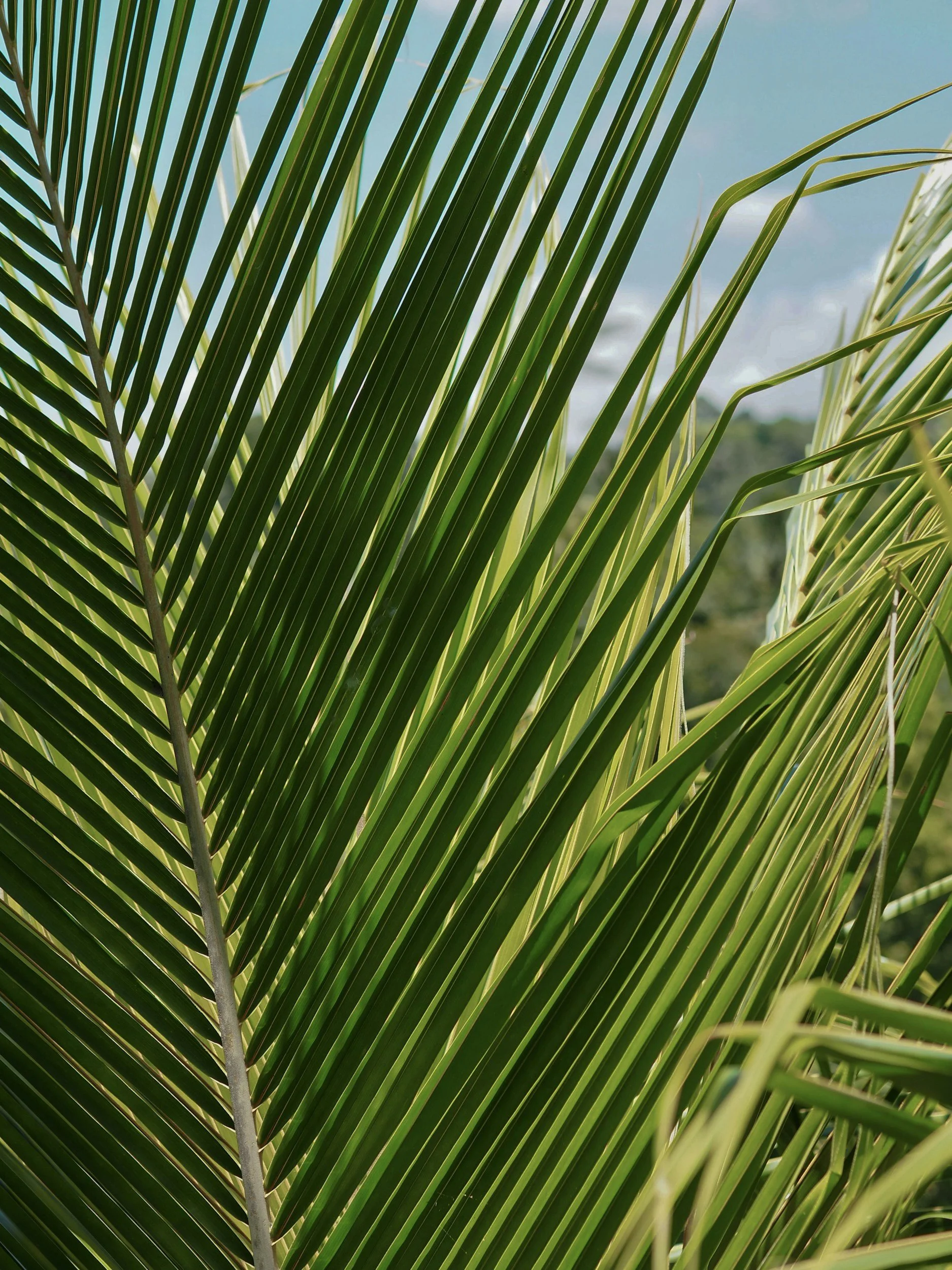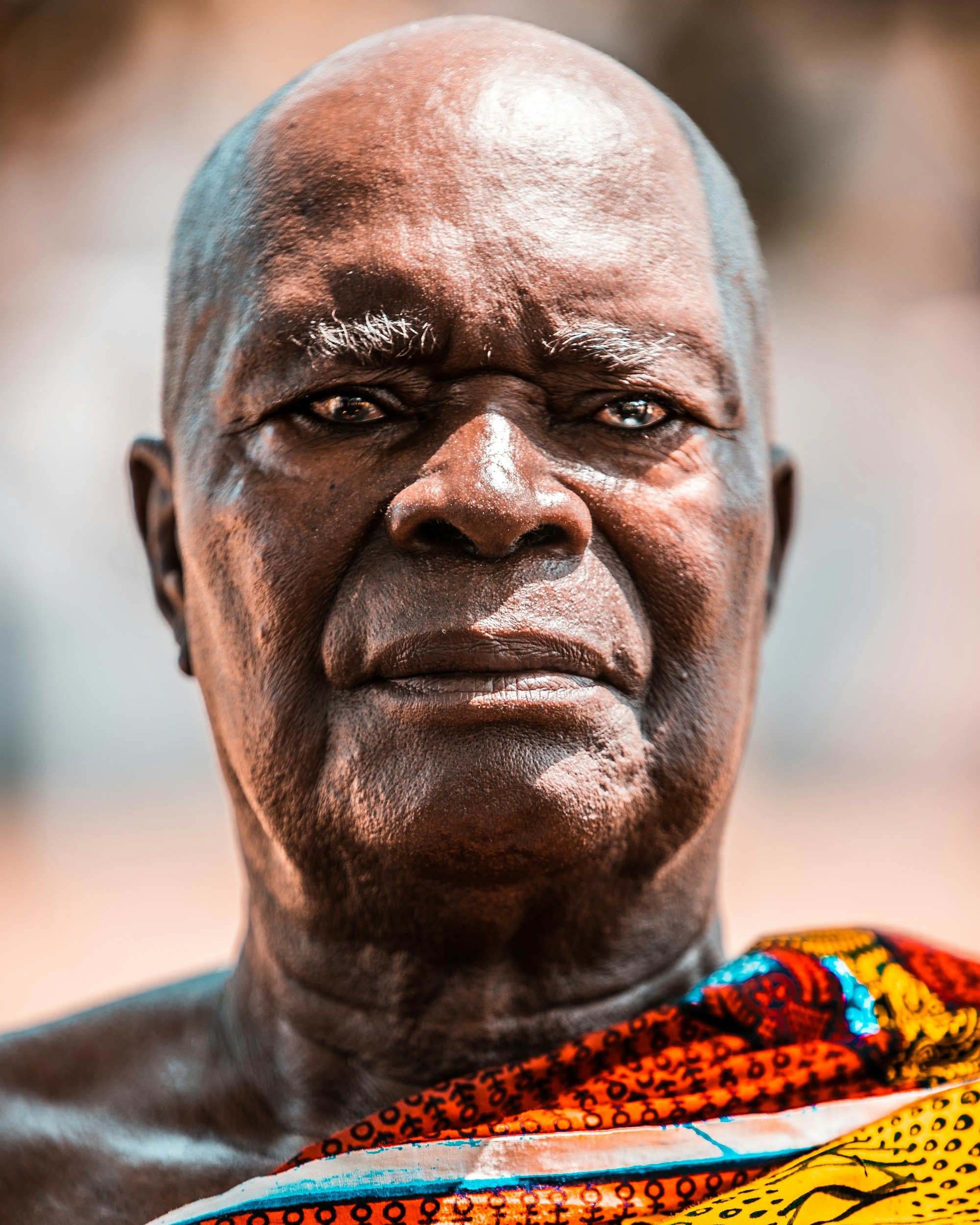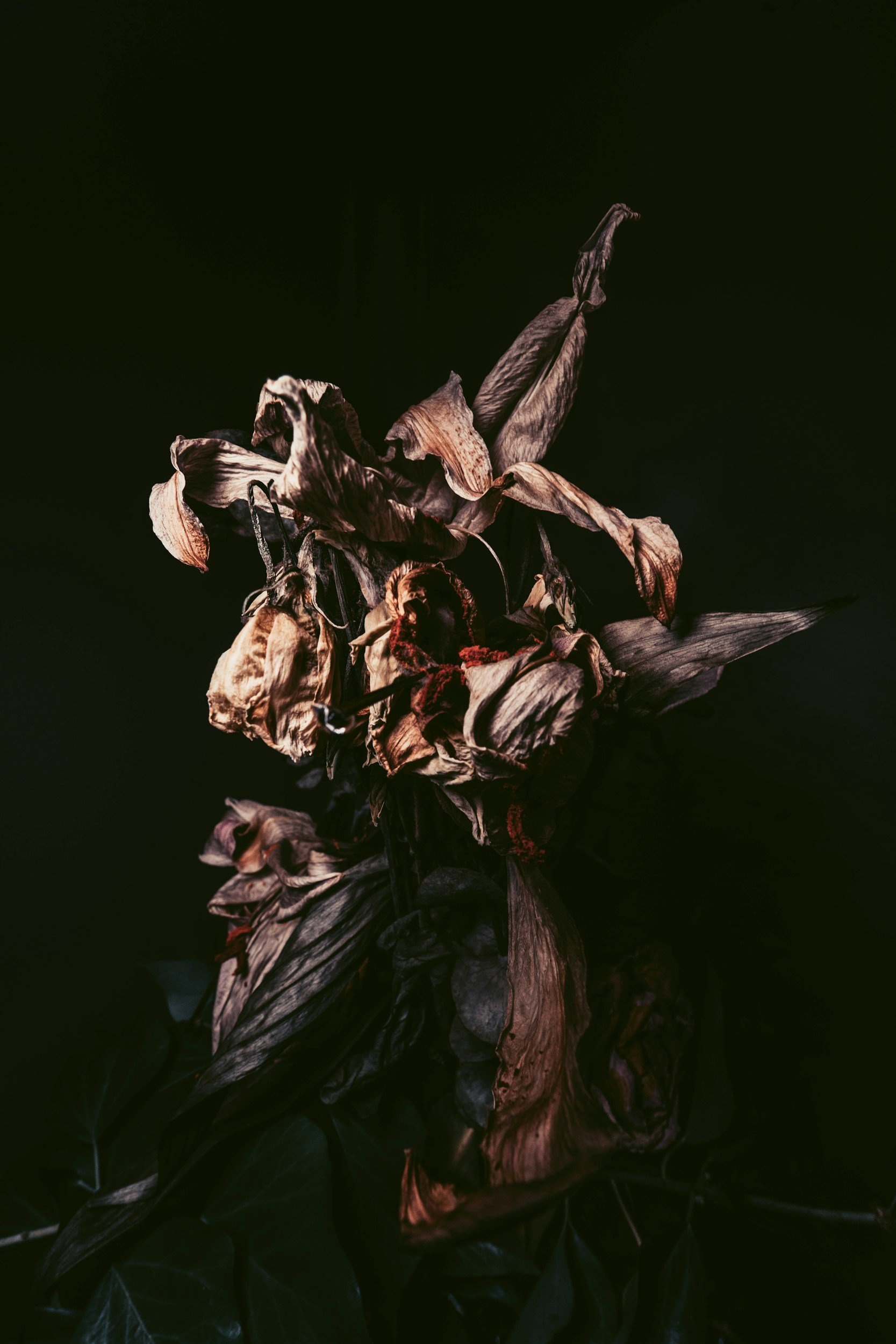3 Major Uses of the Young Palm Frond (Omu) in Igbo Culture
One of the many powerful symbols in Odinani is the Omu, the tender, green frond of the young palm tree. Though delicate in form, its meanings run deep, stretching across the religious, moral, and social dimensions of Igbo identity.
The Omu in ritual contexts symbolizes purity, protection, and spiritual authority. Let’s explore three of its most outstanding uses and meanings within Igbo worldview.
1. Omu as a Mark of Sacred Protection and Preservation
The first and perhaps most visible use of the Omu is in singling out objects or spaces for protection. When tied around a disputed property, sacred shrine, or even a marketplace stall, the Omu becomes a public declaration of sanctity and prohibition.
In Igbo cultural context, such an object is no longer ordinary, it has been marked for attention, attached to some form of spiritual authority, and withdrawn from casual human interference.
In community disputes, for example, the Omu may be tied around farmland or goods pending resolution. This act protects the property from desecration or theft and reminds all that justice, guided by ancestral and divine oversight, will soon prevail. As a result, the green frond can serve as a symbolic arbiter of fairness and restraint.
2. Omu as a Symbol of Innocence, Freedom, and Justice
Beyond physical protection, the Omu carries deep moral and emotional symbolism. It is also associated with innocence and victory through justice, the peace that follows when truth is vindicated.
In traditional rituals or cleansing ceremonies, the Omu may be worn or displayed to proclaim one’s freedom from guilt or moral pollution. In that context it becomes a badge of purity, representing the moral triumph that comes when right overcomes wrong. In this way, it not only celebrates personal virtue but also reaffirms communal faith in the sacred balance that governs human life.
Igbo worldview recognizes that justice, once achieved, restores harmony between individuals, the community, and the spiritual forces watching over them. Consequently, when the Omu is brought into a space or used in certain traditional context, it can serve as a symbol of reconciliation, peace, and divine vindication.
3. Omu as a Sign of Spiritual Presence and Supernatural Action
Perhaps the most awe-inspiring dimension of the Omu is its connection to the supernatural. It signals that unseen forces are near, that the spirits are awake and active among the living.
This is most vividly displayed in the Mmonwu (masquerade), where ancestral spirits manifest in physical form. The Omu, carried or worn by performers and attendants, becomes a spiritual antenna, drawing in sacred power and reminding spectators of the invisible world at work.
Beyond the masquerade, its appearance around shrines, ritual spaces, or ceremonial grounds evokes a deep sense of taboo, reverence, and awe. It draws a boundary between the sacred and the profane and warns that the supernatural defends whatever is ordained with the Omu.
To Sum It Up
In all its uses, the Omu remains a symbol of connection between humanity and the divine. Whether guarding a field, proclaiming innocence, or accompanying a masquerade, it carries the same underlying message: that the world of humans is never apart from the world of spirits.
Even in today’s rapidly changing world, the young palm frond still holds its place in Igbo consciousness as a symbol, binding the moral to the mystical, the earthly to the eternal.

Join Odinani Mystery School for access to Exclusive in-depth teachings on ancient Igbo wisdom and mystical sciences!
Igbo writer, mystic and philosopher.




























